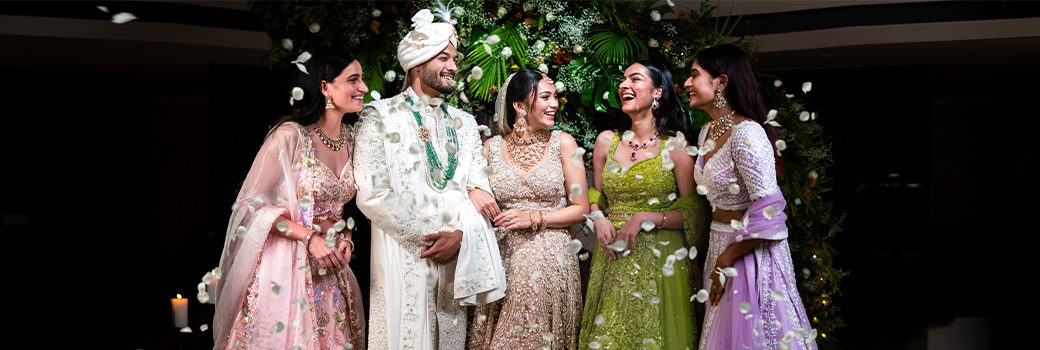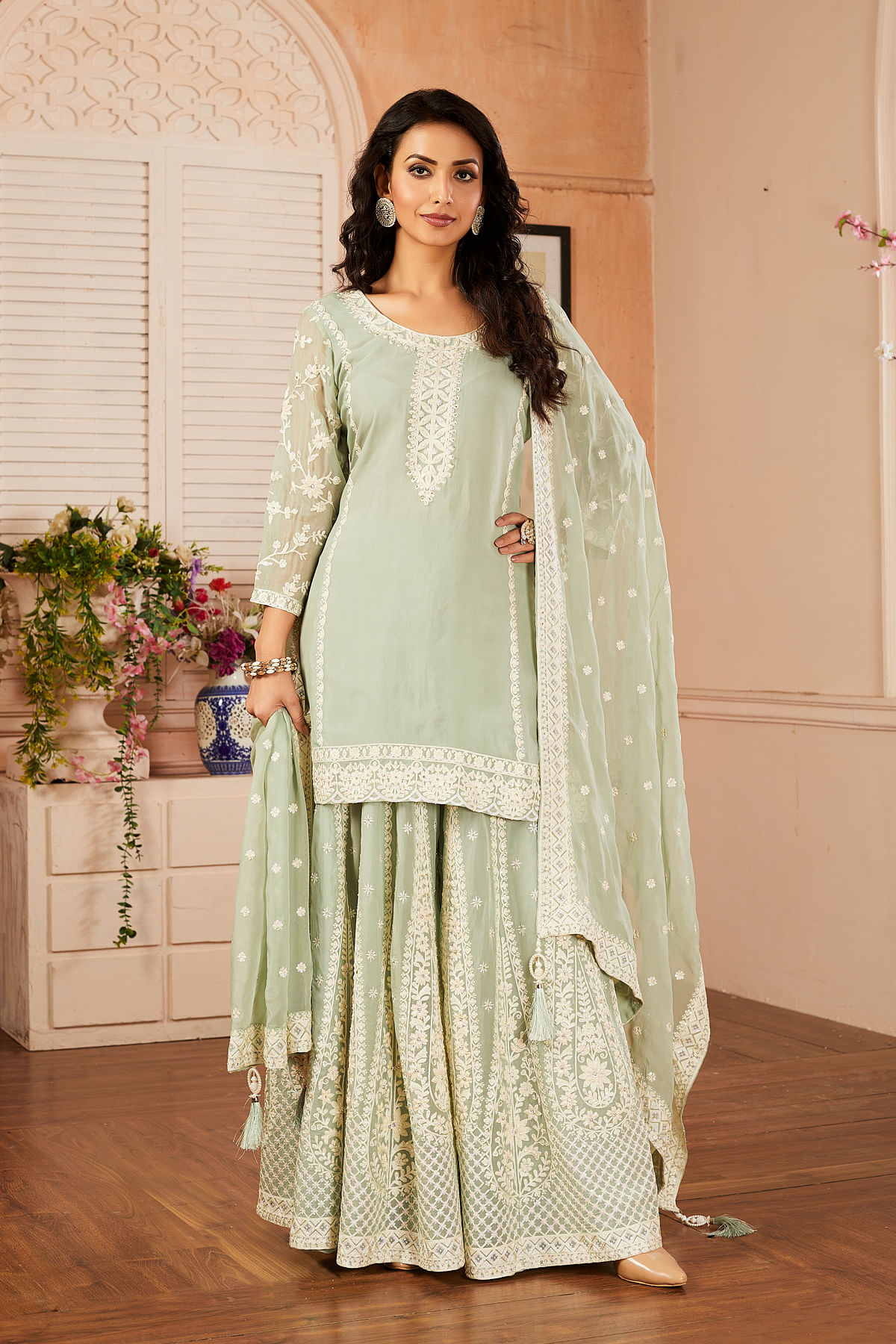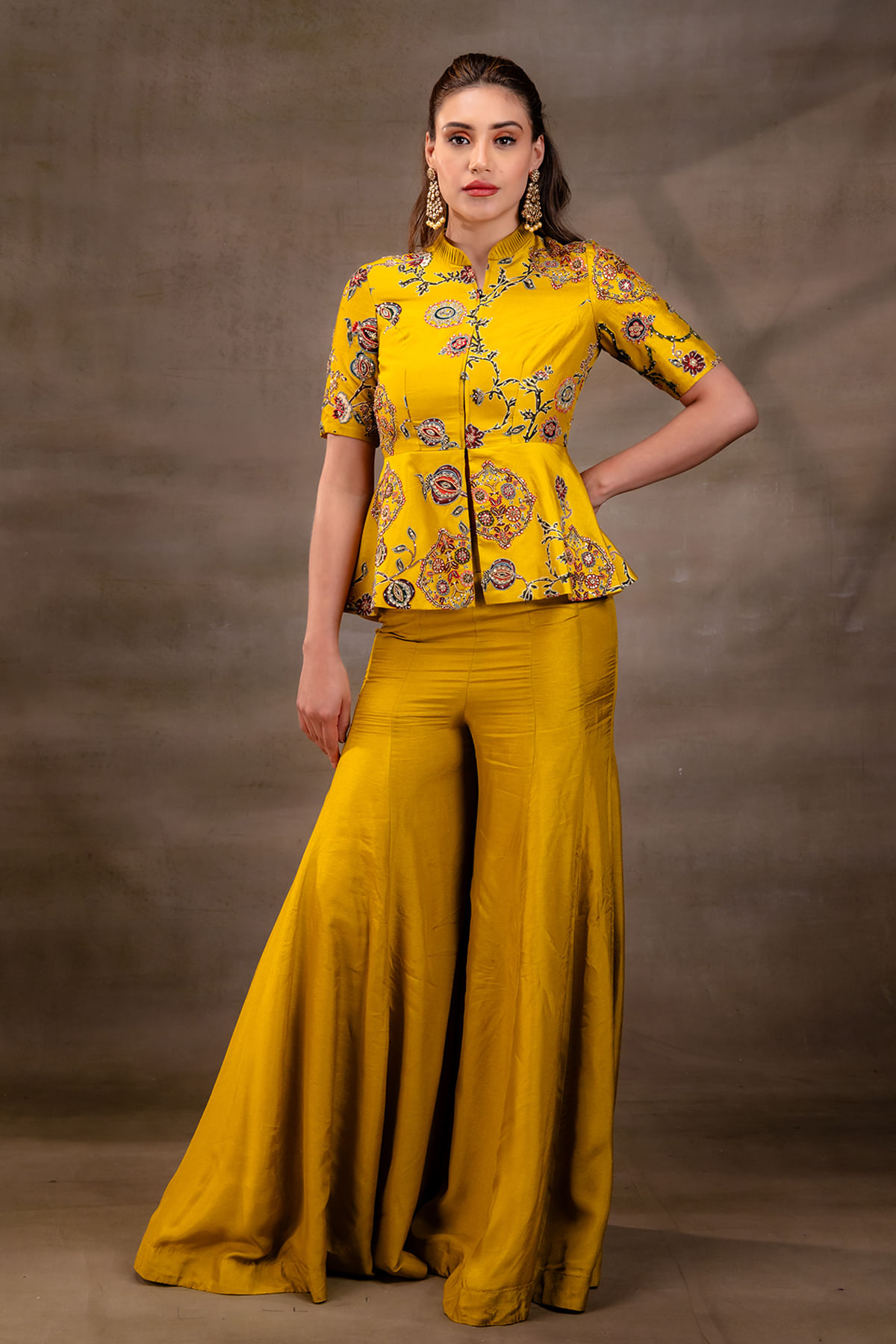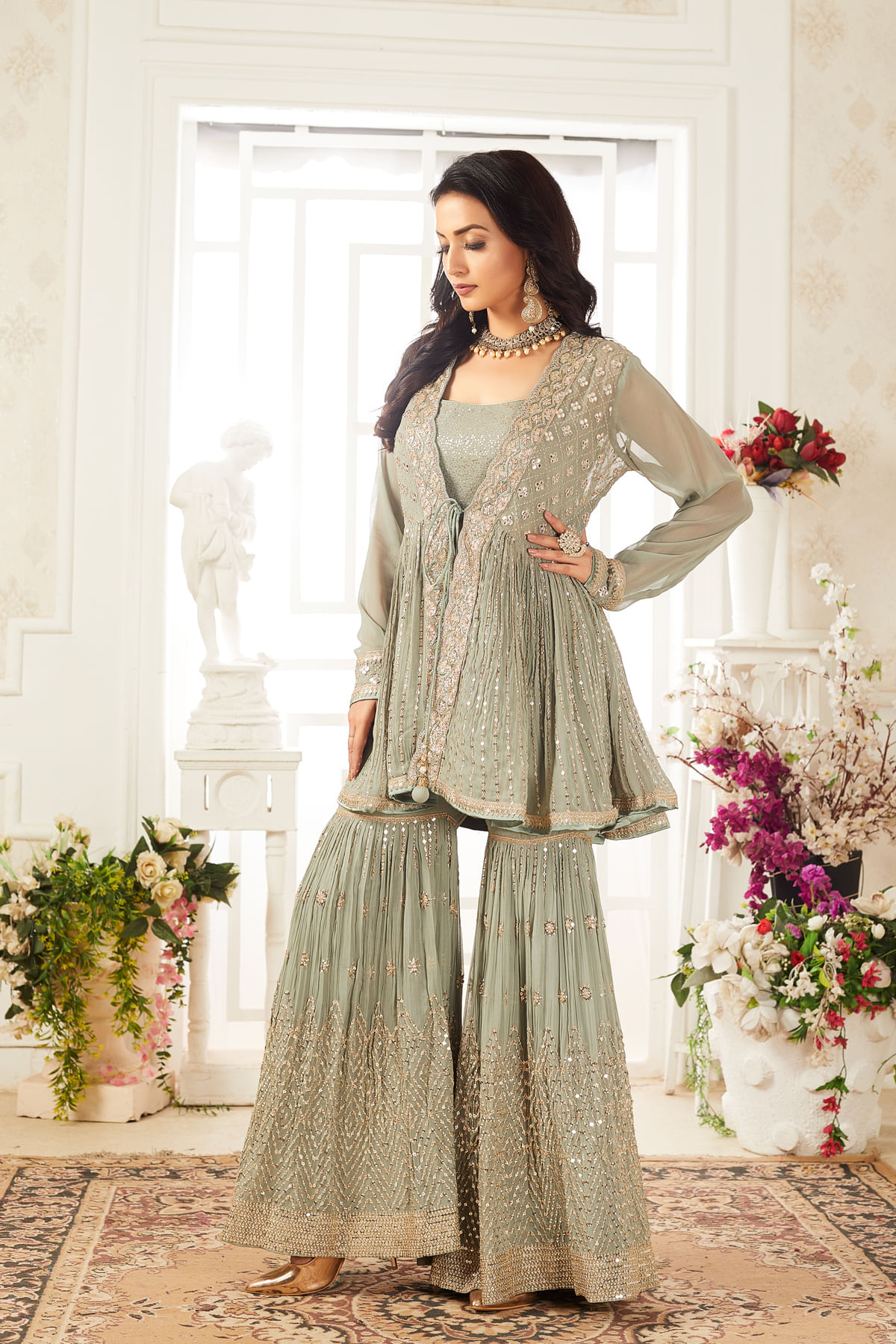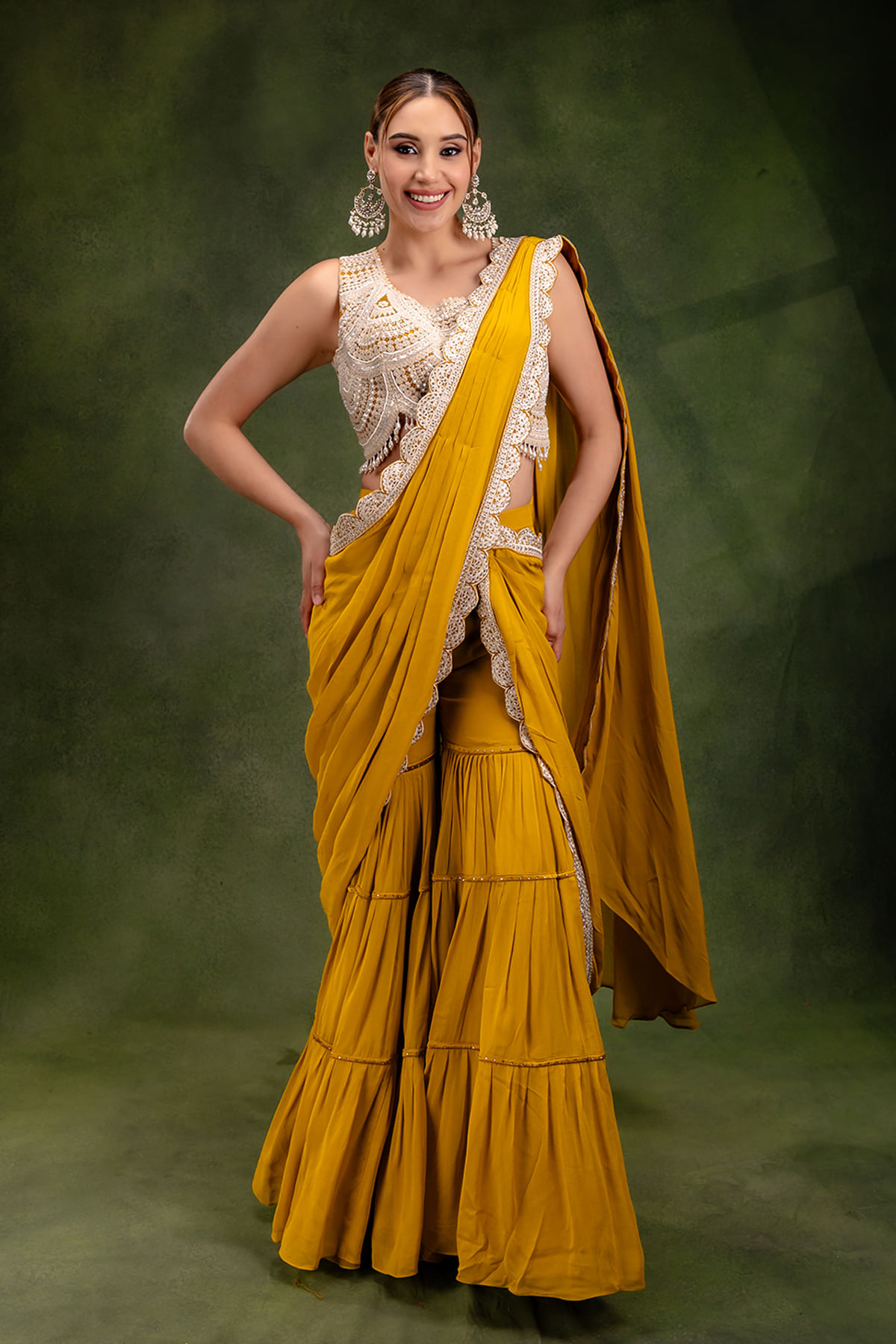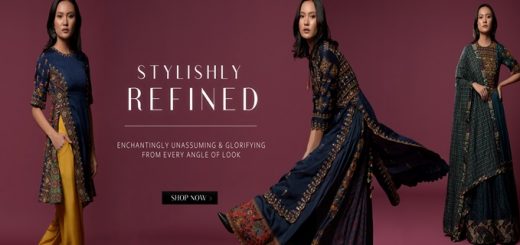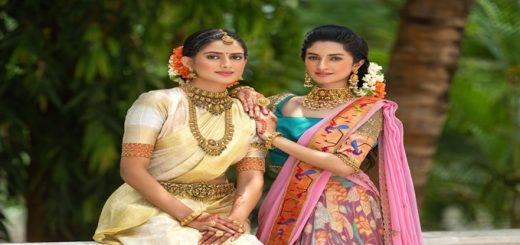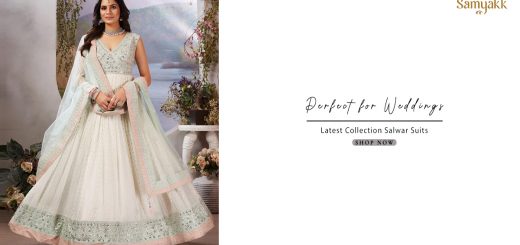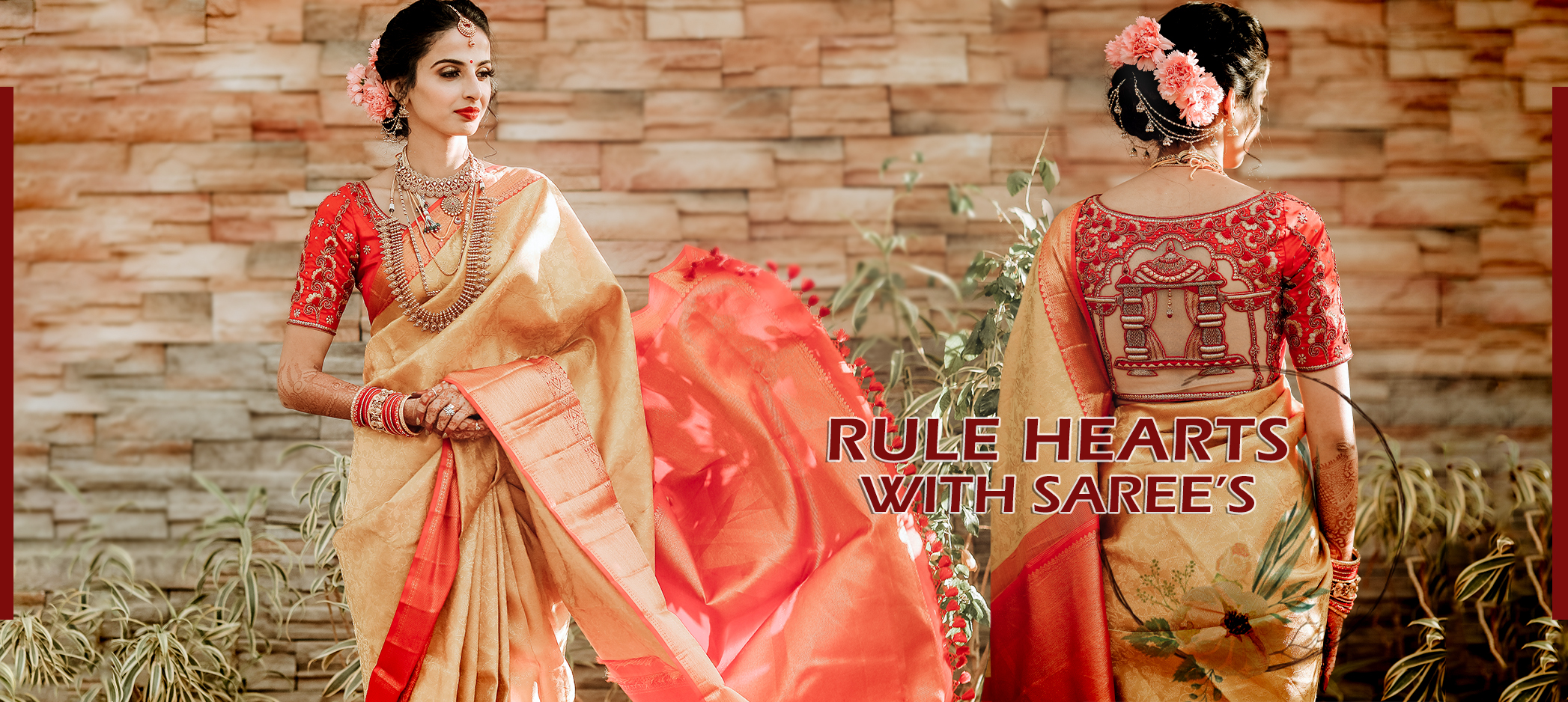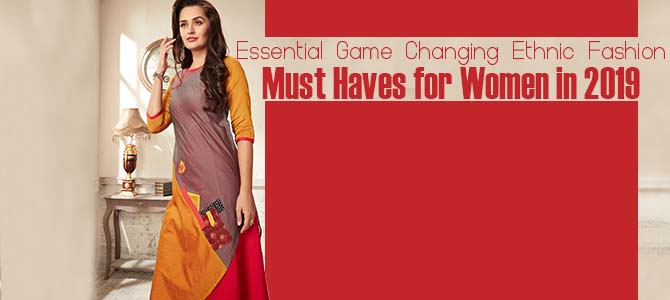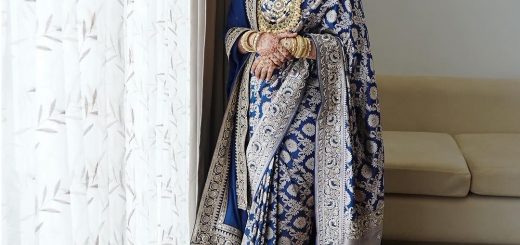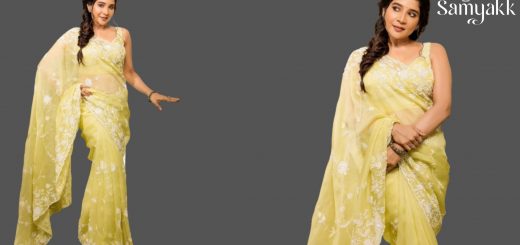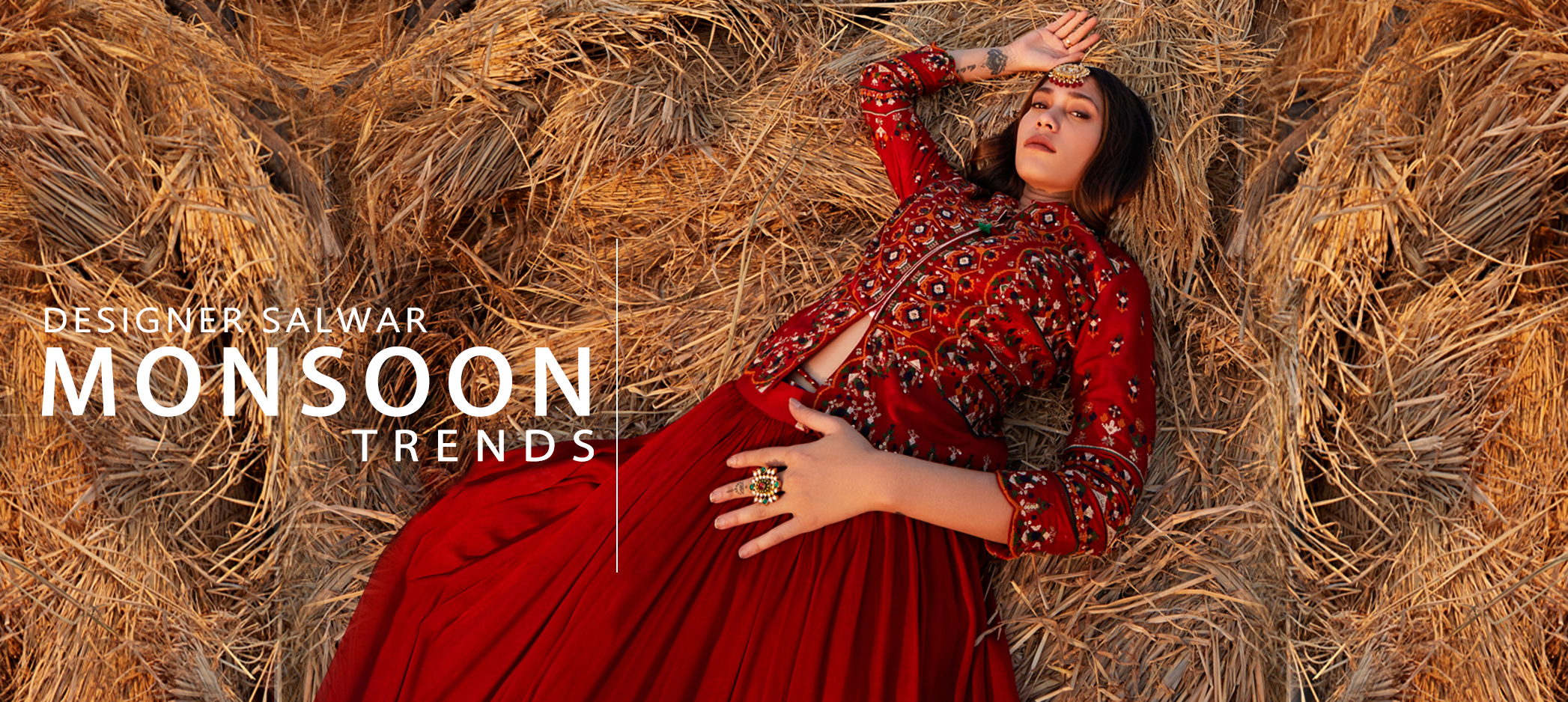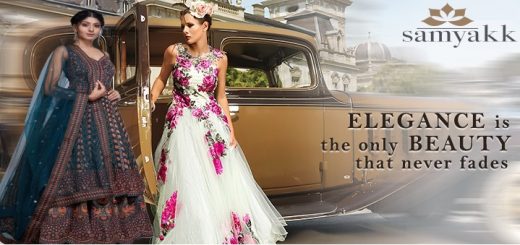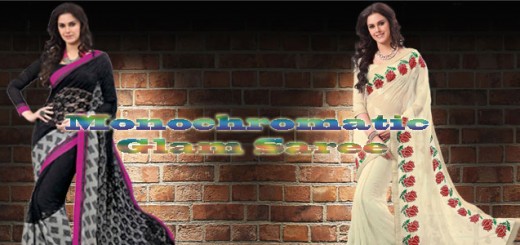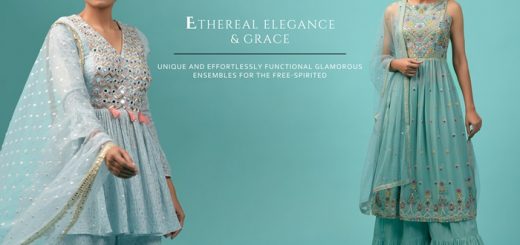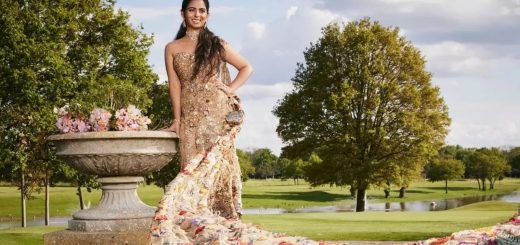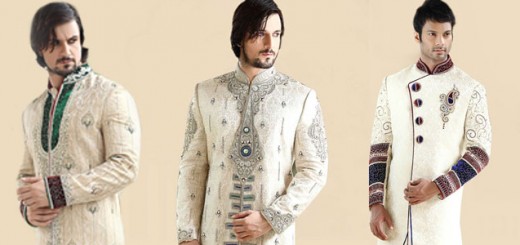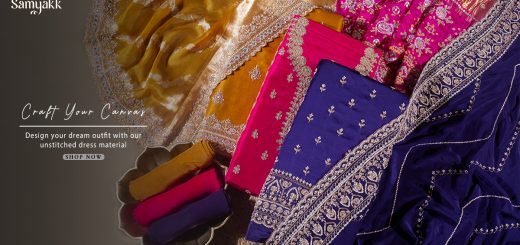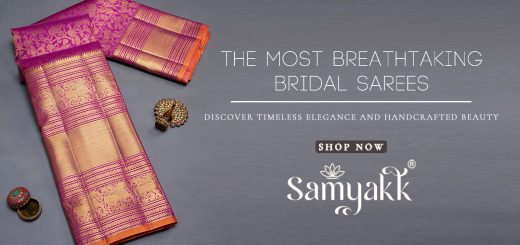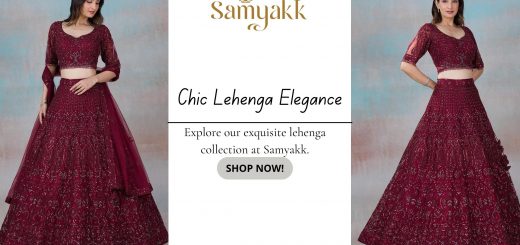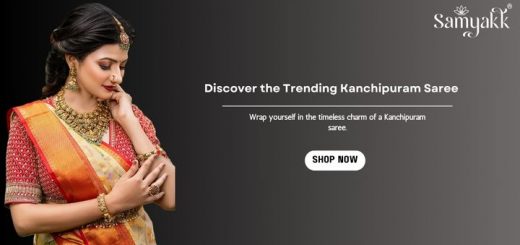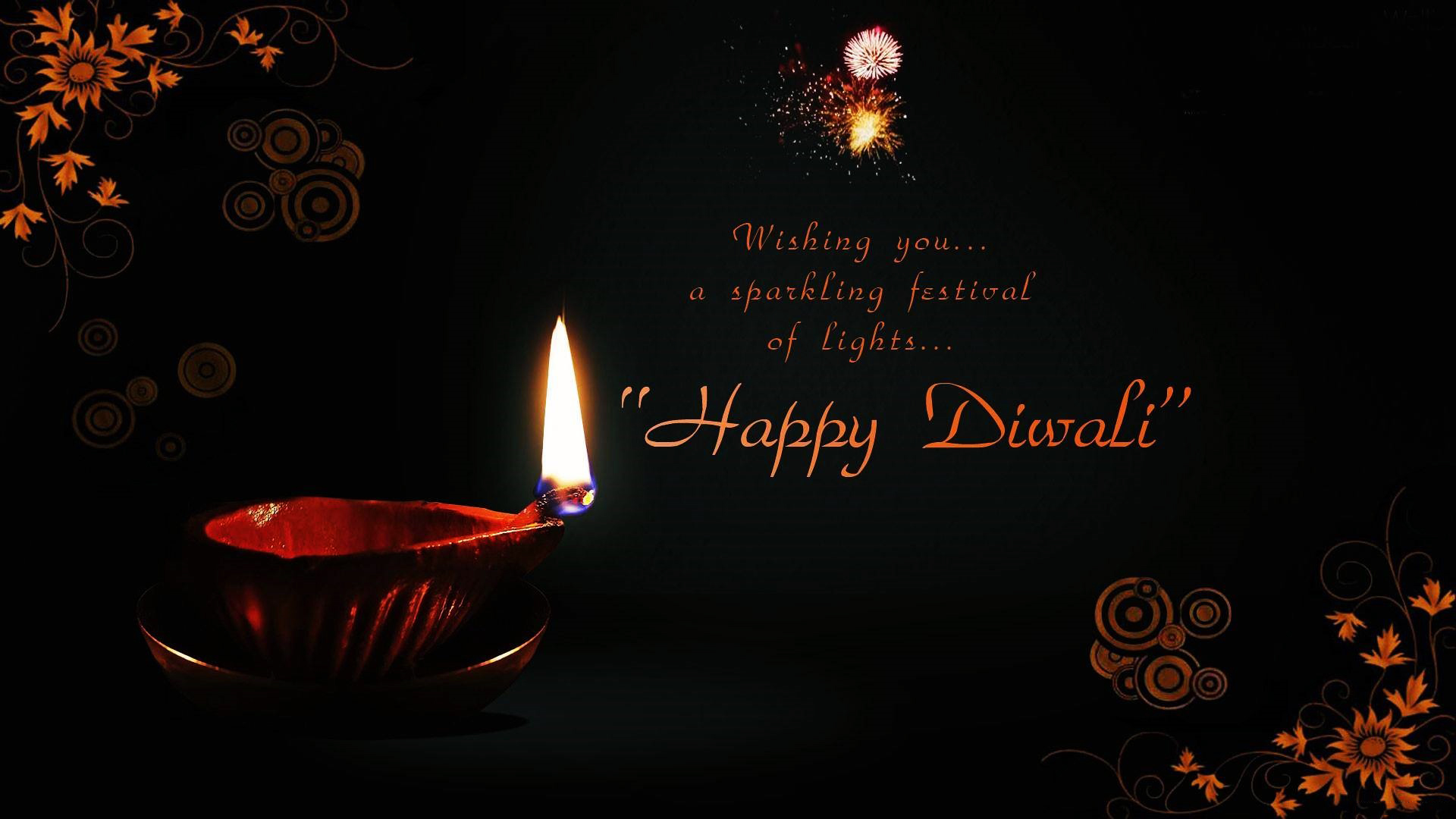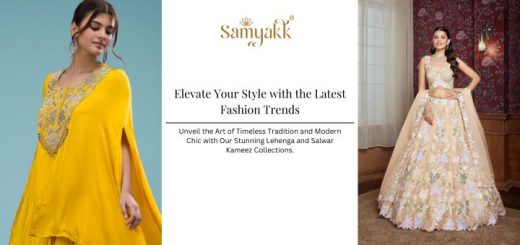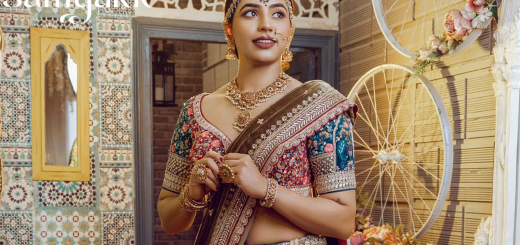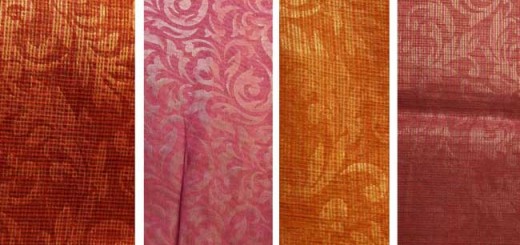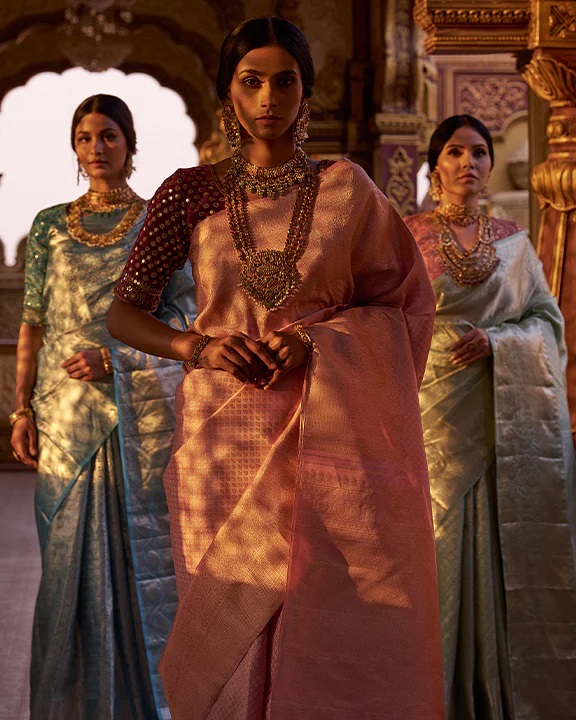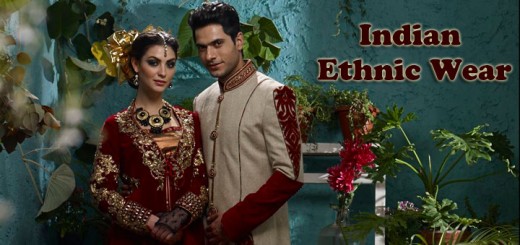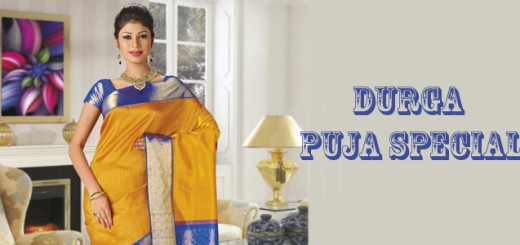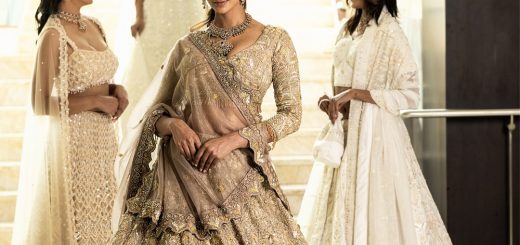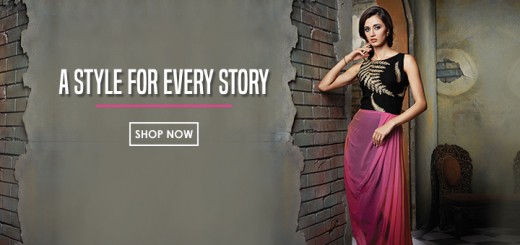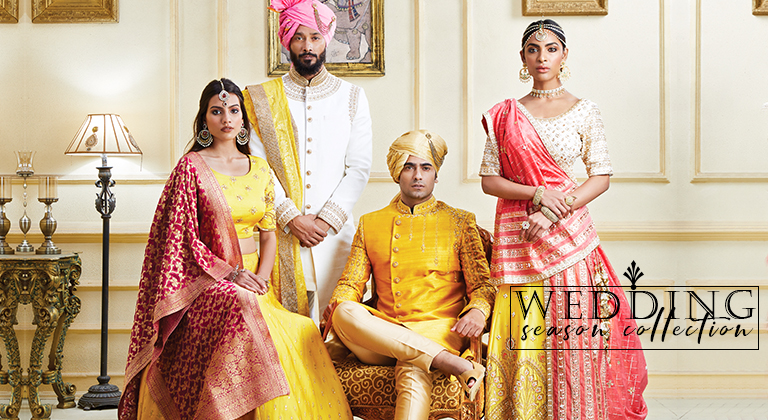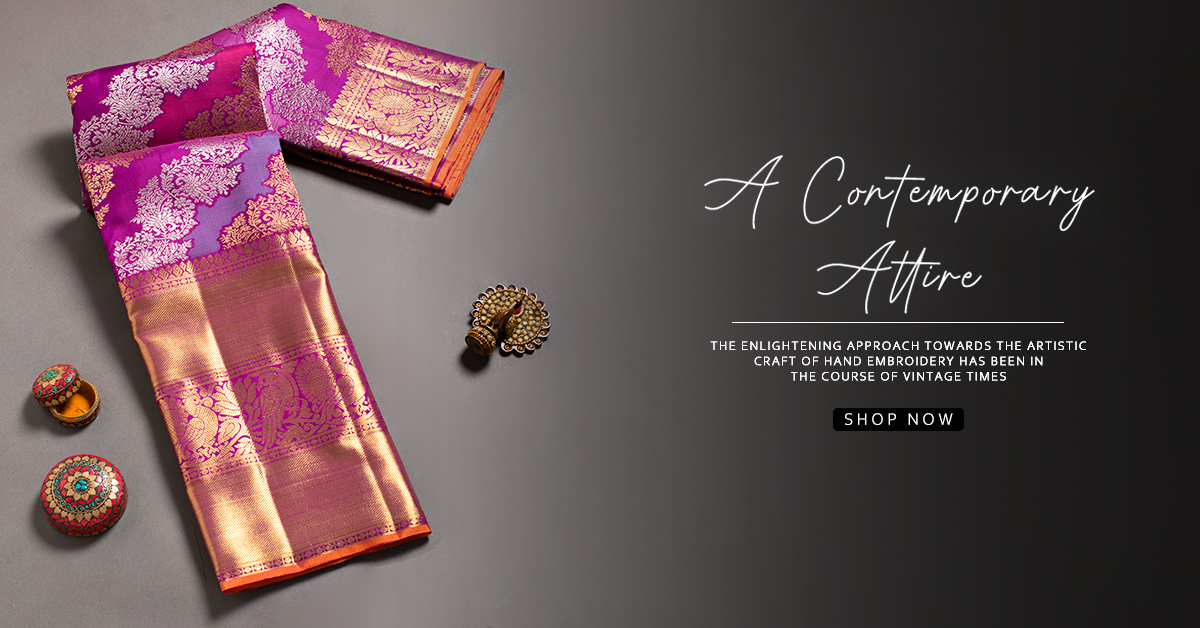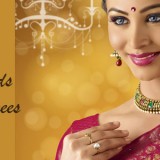Sharara vs. Gharara: Steal the Spotlight with Timeless Elegance
It’s funny how sometimes two beautiful things can look a little alike, right? That’s totally the case with Shararas and Ghararas in the world of traditional Indian fashion. The salwar kameez is an immortal trend. Various cultures and eras in the past have impacted the design and style of salwar suits. These ethnic wear collections have undergone transformations and innovations with time. Women have been exploring the various facets of the three-piece attire to look ethnic, as well as fashionable. From super-traditional to trendy and fusion, there have been variations in Sharara and Gharara designs in terms of fabric, color, embellishments, and patterns. Traditional sharara suits are one of the most popular styles that blend traditional as well as modern aesthetics.
Key Differences Between Sharara and Gharara
What is Sharara?
A Sharara is a traditional ethnic garment that features wide-legged, flared pants known as party pants. These pants flare out from the waist, creating a voluminous, skirt-like appearance, and are completely loose, offering comfort and elegance. Typically paired with a short kurti, the Sharara is a popular choice for weddings, festivals, and other celebrations.
To wear Sharara is to embrace a blend of cultural heritage and modern style. This outfit is especially favoured for its versatility, allowing it to be styled in various ways for different occasions.
What is Gharara?
Gharara is often considered the glamorous cousin of sharara, this outfit can easily identify because of its structure, where the flare begins just above the knees, creating a dramatic flair continues till the toes.
Gharara is usually worn during festivals and more intricate embellished ghararas for wedding events. The unique flare of gharara and its intricate embroidery make it a popular choice to add a touch of elegance to their wardrobe.
From Mughal Magic to Modern Must-Haves – Their Stylish Roots
The rich legacy of sharara and gharara dates back to the opulent Mughal era when royalty defined fashion with grandeur and grace. These were originally worn by Mughal noblewomen, luxurious fabrics like silk, and brocade and intricate embroidery like zardozi and sequins are used to make these outfits. Shararas with their free-flowing wide pants, and ghararas with their distinct knee flare and plates, became the epitome of regal fashion.
This Mughal magic has seamlessly evolved into modern must-haves. Today, designers blend traditional craftsmanship with modern cuts, creating modern sharara and gharara looks which are perfect for weddings, festivals and evening parties. Using lightweight fabrics, fresh color pallets, and intricate trendy embellishments has made these outfits more accessible without losing their royal essence.
Sharara and ghararas continue to charm the world whether you pair them with a crop top, jacket-style kurta or heave embroidery choli. From royal courts to modern closets, these styles remain timeless. Their journey from Mughal palaces to today’s glam events is a beautiful celebration of heritage meeting contemporary style.
Slay the Day – How to Rock Sharara and Gharara Like a Star
Styling Shararas:
Shararas can be made with both short and long kurtas, since they can be styled with a dupatta in a heavy design. Modern textures have also introduced lightweight flowy fabrics such as chiffon and georgette to sharara pants, thereby making them easier for casual-to-semi-casual settings.
Styling Ghararas
Ghararas mostly come along with a short knee-length kurta, heavily embellished dupattas, and lavish jewelleries. The main feature of ornamentation on a knee band is its embellishment with zari, pearls, and even sequins, which makes this outfit so unique. The modern twist on this type of clothing is Indo-Western such as wearing ghararas with a crop top or jacket-style kurtas, as fits for a fusion look.
Conclusion
Ghararas and shararas are one of the timeless dresses in India. They endow any occasion with beauty and charm. Ghararas are the ones with shaped flare from the knee, while shararas are those where the flow is continuous from the waist. Of late, both these have been designed in Indo-Western styles with palazzo-like pants, giving them a modern touch. The structured beauty of ghararas and the graceful flow of shararas promise to make even the most beautiful ever stand out.
Also Check Out:-
